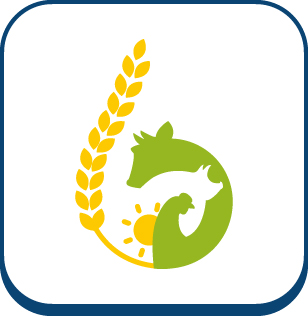Is there a relationship between sows' characteristics and neonatal diarrhoea occurrence? Proposed answers from measurements performed in commercial units
Fiche technique
Titre :
Is there a relationship between sows' characteristics and neonatal diarrhoea occurrence? Proposed answers from measurements performed in commercial units
Date sortie / parution :
2009
Référence :
Journées de la Recherche Porcine (FRA), 2009, Vol. 41, février, p. 167-172
Auteur
Quelques mots clés
Autres documents
Peut-on établir une relation entre les caractéristiques de la truie et de sa portée et l'apparition de diarrhées néonatales ? Proposition de réponse à partir de mesures réalisées en élevage de production
Les diarrhées néonatales touchent près d'un élevage sur cinq dans certains bassins de production. L'objectif de cette étude est d'évaluer l'influence de certains critères zootechniques sur l'apparition des diarrhées néonatales,…
Publié en 2009







